Adrian Newey, the legendary F1 engineer, has been the designer behind some the championship’s more iconic cars, in a career that has seen him win world titles with Williams, McLaren and now Red Bull.
At Red Bull, his designs have helped the team dominate periods in two different eras of Formula 1, with Sebastian Vettel and now Max Verstappen being the beneficiaries of his work.
Speaking exclusively with RacingNews365, the Red Bull Chief Technology Officer shares the common link between those two world champions, as well as why he prefers the added dimension of needing driver input when developing a car.
With the next swathe of regulation changes set to be introduced to F1 for the 2026 season, Newey also touches upon what he feels is a “massive change” for the series, whilst looking back on the rules that have precipitated Red Bull’s most recent reign of supremacy.
Viewed by others:
'What they want is almost always the same'
It might be reasonable to expect that for an F1 engineer, designing a car that requires no driver feedback is the ultimate dream. However, Newey does not see it that way.
“I prefer it as it is [with the need for driver input] because it gives it an extra dimension, which is part of the fascination,” he said, when speaking exclusively with RacingNews365 about how vital that driver’s view is, before being asked if that process makes things more complicated for a designer.
“I don’t know if it’s more complicated, it’s just more dimensions,” the 65-year-old replied.
“But I think the thing I've always enjoyed is, is trying to extract the most performance from the vehicle. And then I say that's particularly how we integrate the feedback from the driver into the three different disciplines [sensitivity to tyres, aerodynamics, and engine driveability].”
It is often said that Verstappen likes an F1 car to drive in a specific way, on the edge, in a way that is oftentimes difficult to control – something that has been mooted as a reason he has enjoyed such a comfortable advantage over recent team-mates.
But to Newey, what different drivers are after is “almost always the same”, which might surprise people, particularly given the beliefs about Red Bull developing its cars in Verstappen’s direction.
“In my experience, the feedback might be subtly different between the two drivers within the team, but what they want is almost always the same,” he explained.
'They looked extremely prescriptive'
Turning attention to regulations, with the impending rules re-write for 2026, Newey states that he enjoys those changes, providing those the new rulebook allow for a “reasonable amount of freedom”.
This was something he feared would not be the case when he first saw the plans for the current ground-effect generation of Formula 1, adding he was initially “quite depressed” by what he read.
“From a design point of view, I enjoy regulation changes, providing those regulation changes give a reasonable amount of freedom. I must admit, when I first saw these current regulations that I was quite depressed by them, they looked extremely prescriptive,” he revealed.
Despite those early concerns, the man behind Red Bull’s current domination of F1 saw opportunities for innovation.
“Luckily, there was a bit of a relaxation towards the end. But actually, once we got into the detail, combined with that relaxation, there's been a reasonable amount of freedom within them – as you saw particularly early in 2022, there were lots of different solutions,” Newey added.
“They're starting to converge now, but we’re now into that sort of: ‘okay, we've done some visual changes for this year scar, but the principles are the same’, so the differences are reducing internally,” he said, admitting that Red Bull are starting to see diminishing returns from the current rules set.
“In our case, we’re struggling to find the gains, if you like, in terms of aero gains in percent per month, or whatever, are flattening, without doubt.”
'Rather unusual power unit regulation'
Whilst the next change in regulations is already on the horizon, how those rules will shape the series is blossoming into a major talking point, especially given the extent of those changes, across multiple areas – something Newey cannot recall experiencing before.
“With regard to the ’26 regulations, we don’t have them yet. It’s the first time I can remember where both the chassis regulations and the power unit regulations are changed at the same time – it’s a massive change.”
Despite aerodynamic changes catching the headlines in recent weeks, with reports of concerns surrounding the novel ‘active aero’ approach, it is the other half of the rules re-vamp that has caught Newey’s eye, adding: “The problem at the moment is trying to get the chassis regulations to work well with, let’s say, a rather unusual power unit regulation.”
Don't miss out on any of the Formula 1 action thanks to this handy 2026 F1 calendar that can be easily loaded into your smartphone or PC.
Download the calenderMost read
In this article
Interviews RN365 News dossier
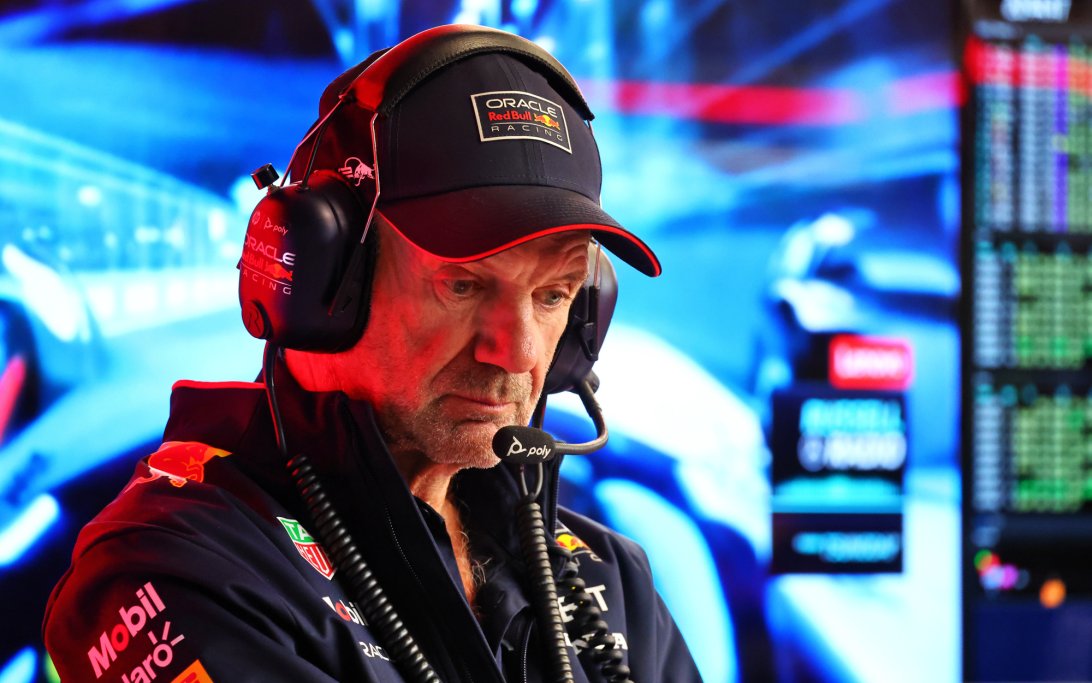



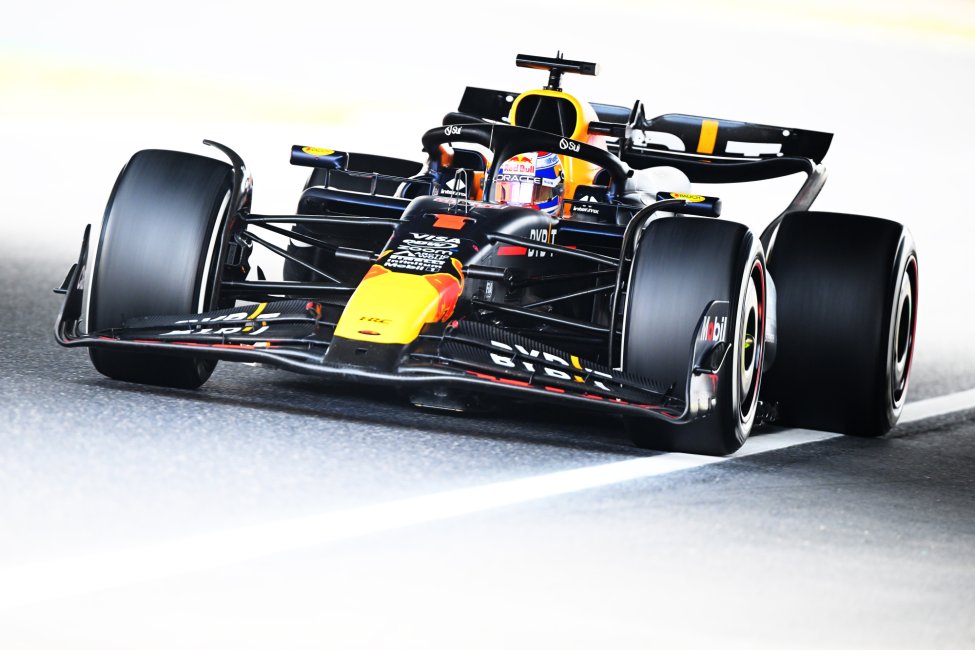






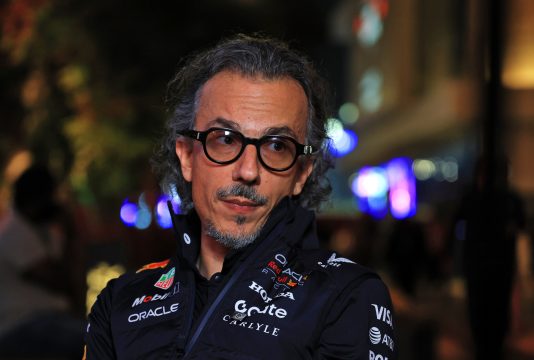






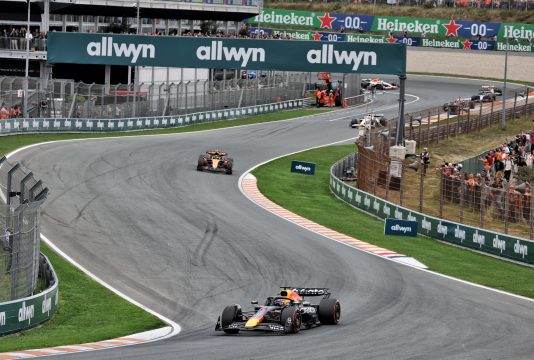


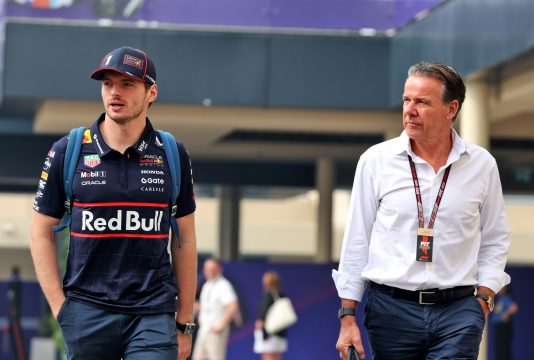







Join the conversation!